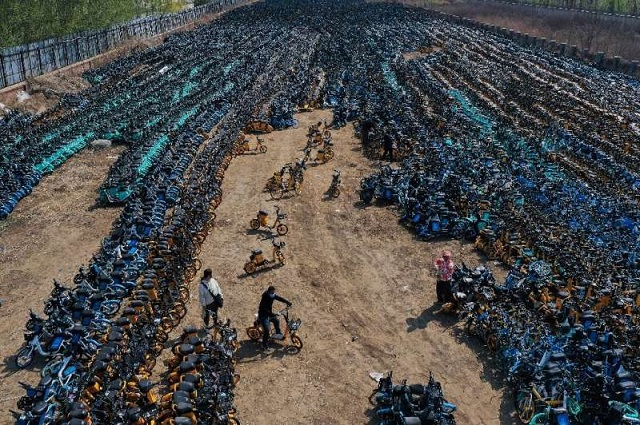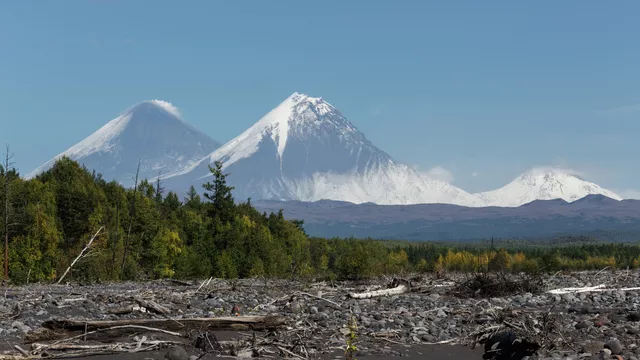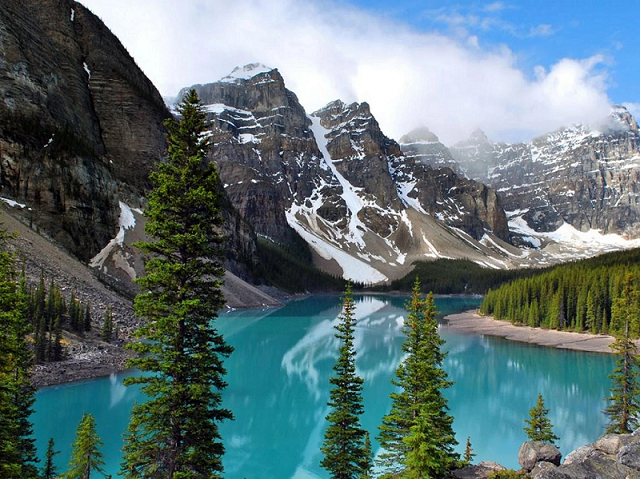The 10 Dirtiest Cities: Environmental Challenges and Potential Solutions
In the ongoing battle for environmental sustainability, some cities around the world face significant challenges in maintaining cleanliness and reducing pollution. Factors such as rapid urbanization, industrialization, and population growth contribute to the dirtiness of these cities. In this article, we will explore the ten dirtiest cities globally, examining the environmental issues they face and potential solutions to address them.
Delhi, India:
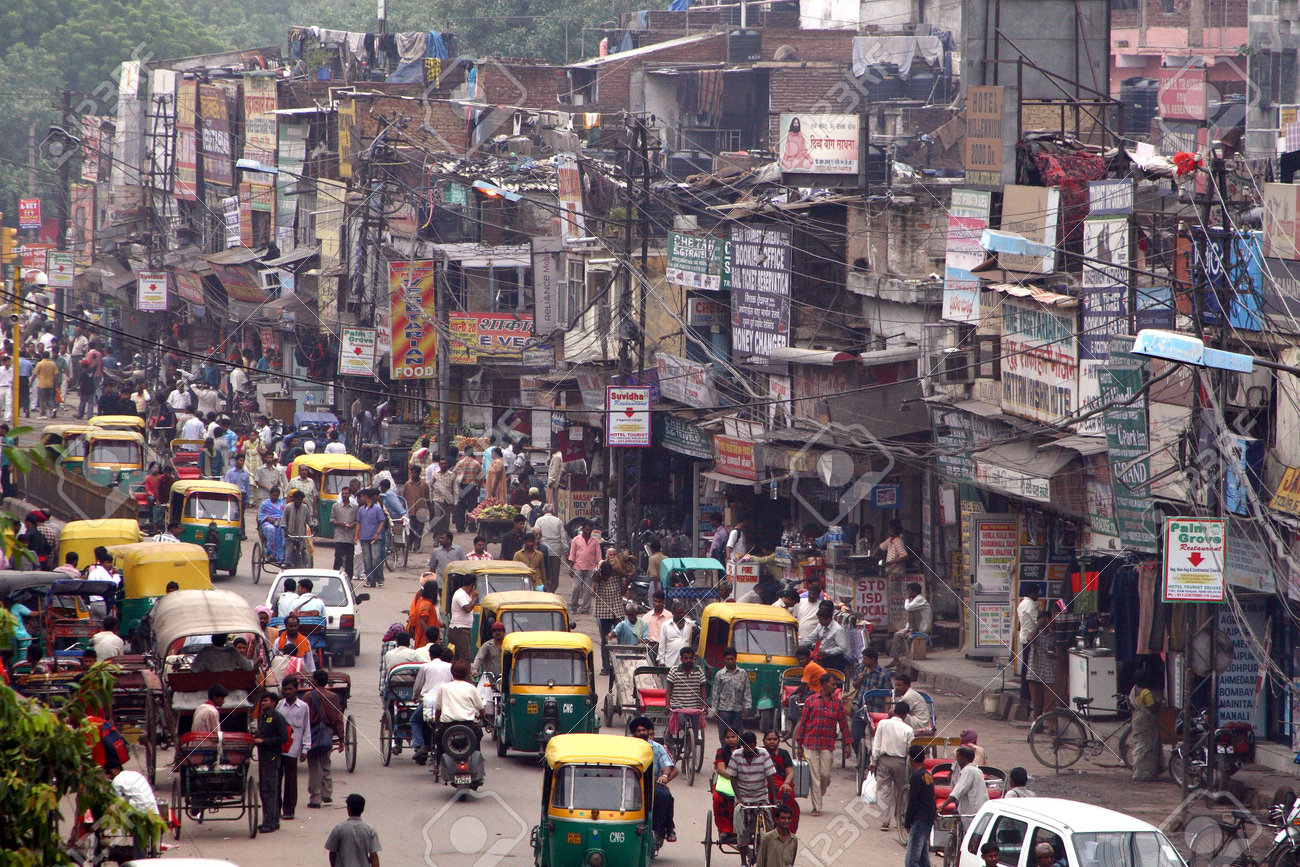
Delhi, the capital of India, consistently ranks among the world's most polluted cities. Air quality is a significant concern due to vehicular emissions, industrial pollution, and crop burning in nearby regions.
Linfen, China:
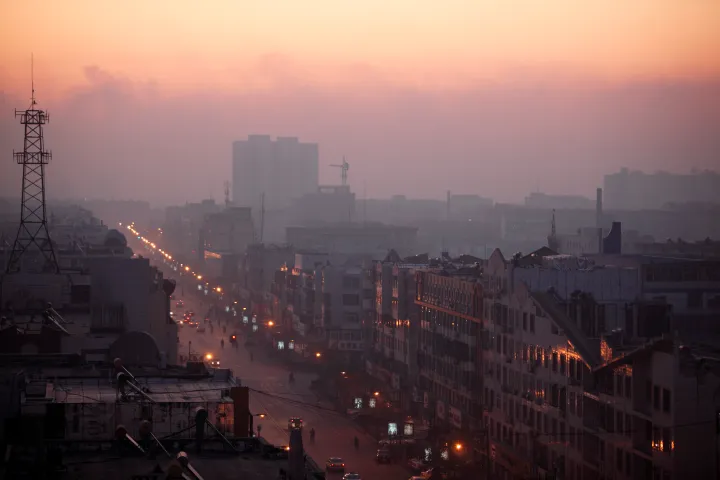
Known for its coal mines, Linfen faces severe air and water pollution issues. The city's heavy reliance on coal for energy production contributes to the high levels of particulate matter and sulfur dioxide in the air.
Citarum River Basin, Indonesia:
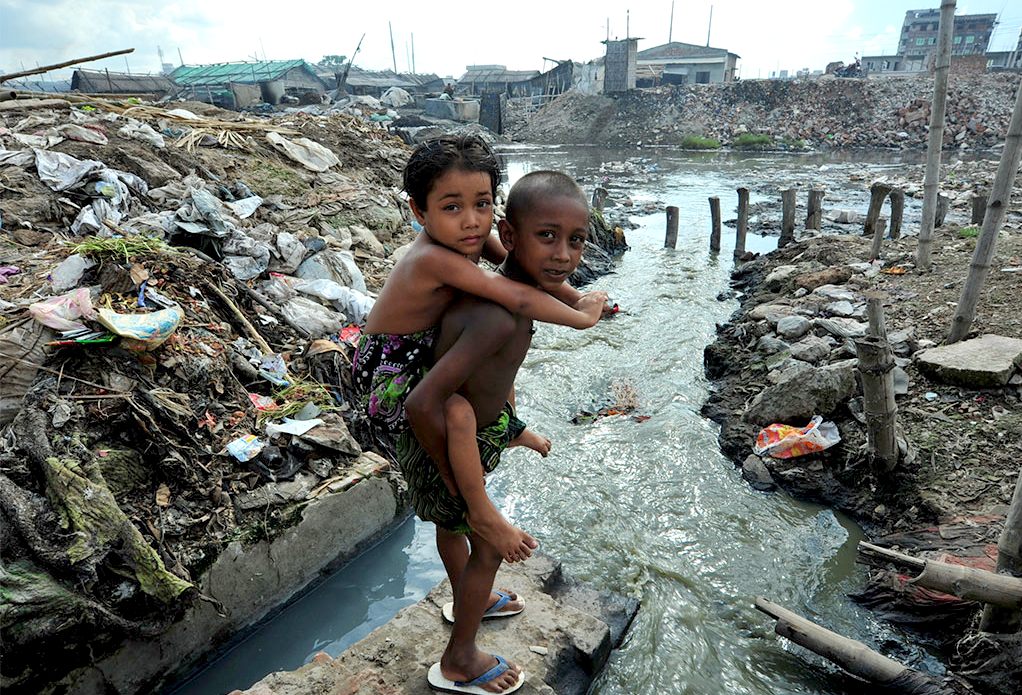
Although not a city in the traditional sense, the Citarum River Basin is one of the most polluted areas globally. Industrial and domestic waste, as well as the use of the river as a dumping ground, have turned it into one of the dirtiest water bodies on Earth.
Nairobi, Kenya:

Rapid urbanization and inadequate waste management infrastructure contribute to Nairobi's pollution problems. Improper disposal of waste and inadequate sewage systems pose significant challenges to the city's cleanliness.
Maputo, Mozambique:
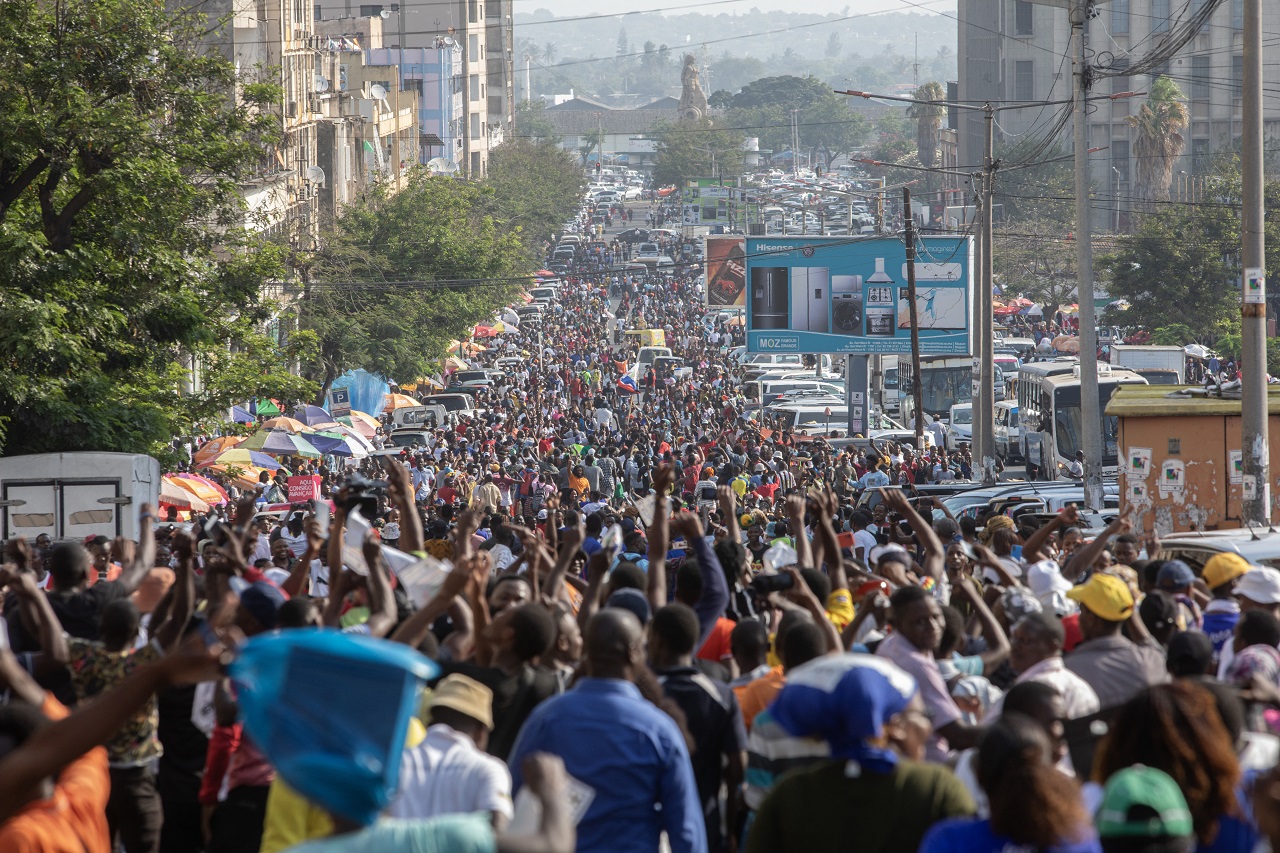
Maputo faces challenges related to waste management and sanitation. The city struggles with garbage disposal, leading to pollution of its water sources and degradation of public spaces.
Baghdad, Iraq:
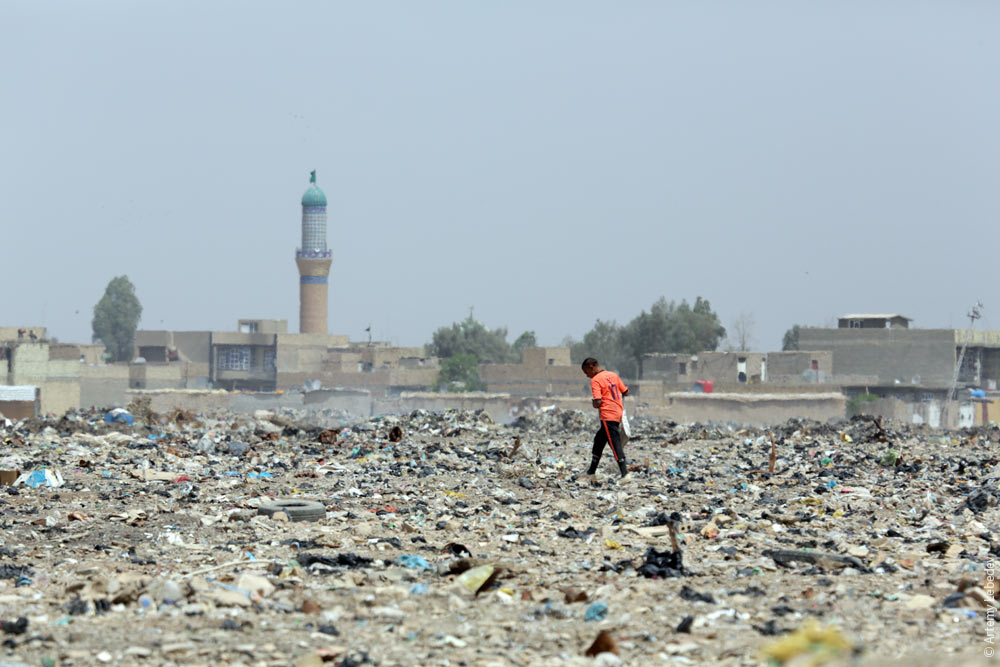
Conflict, lack of infrastructure, and inadequate waste management contribute to Baghdad's environmental challenges. The city faces issues related to air and water pollution, posing health risks to its residents.
Ulaanbaatar, Mongolia:
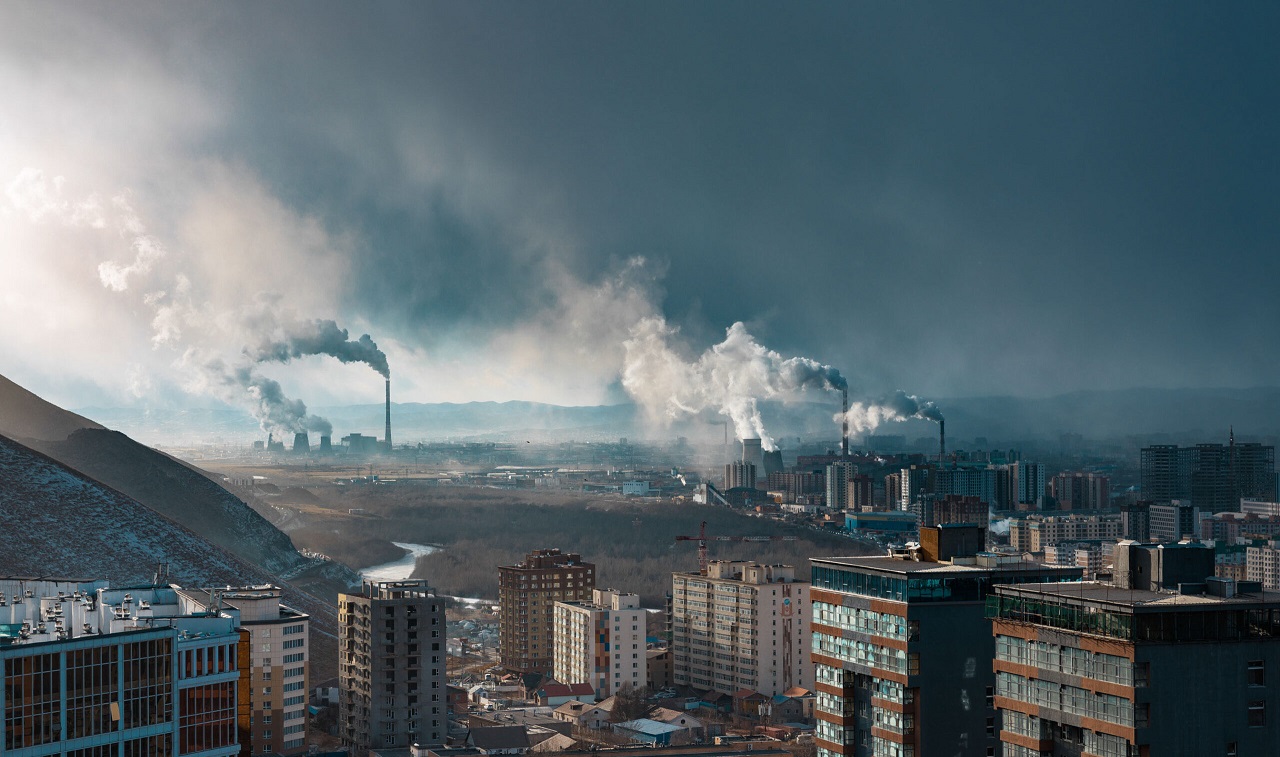
Ulaanbaatar experiences extreme air pollution during the winter months due to the burning of coal for heating. The city's geographical location and reliance on traditional stoves contribute to its dirtiness.
Kabwe, Zambia:
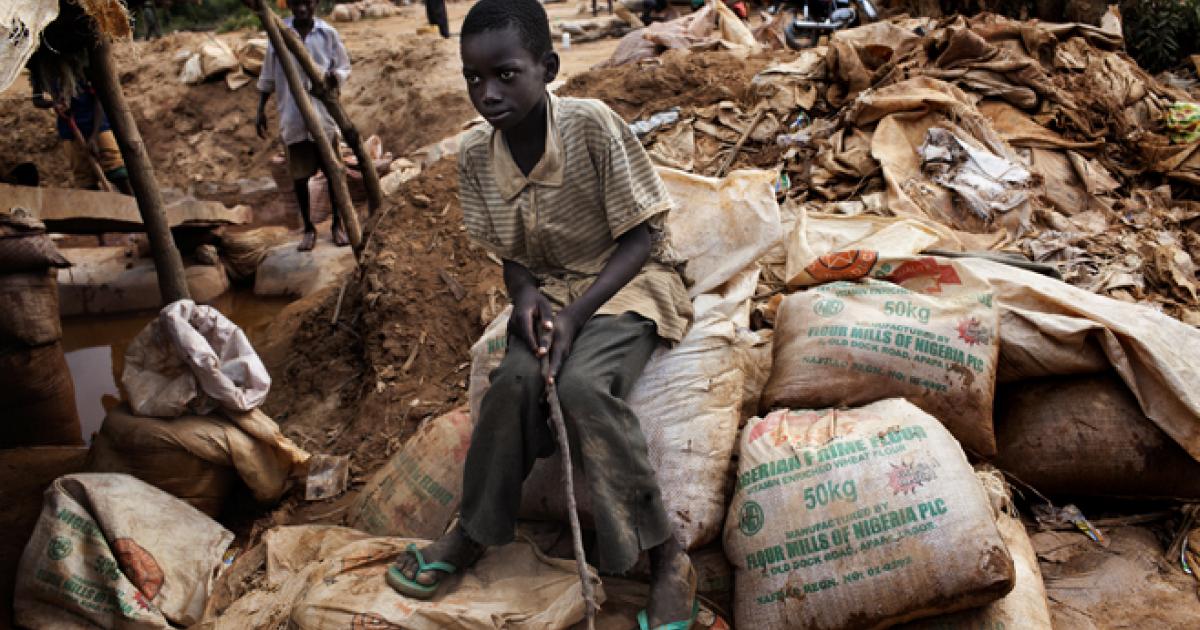
Kabwe faces environmental challenges due to historical lead mining activities. High levels of lead in the soil and water pose health risks to the population, especially children.
Baku, Azerbaijan:
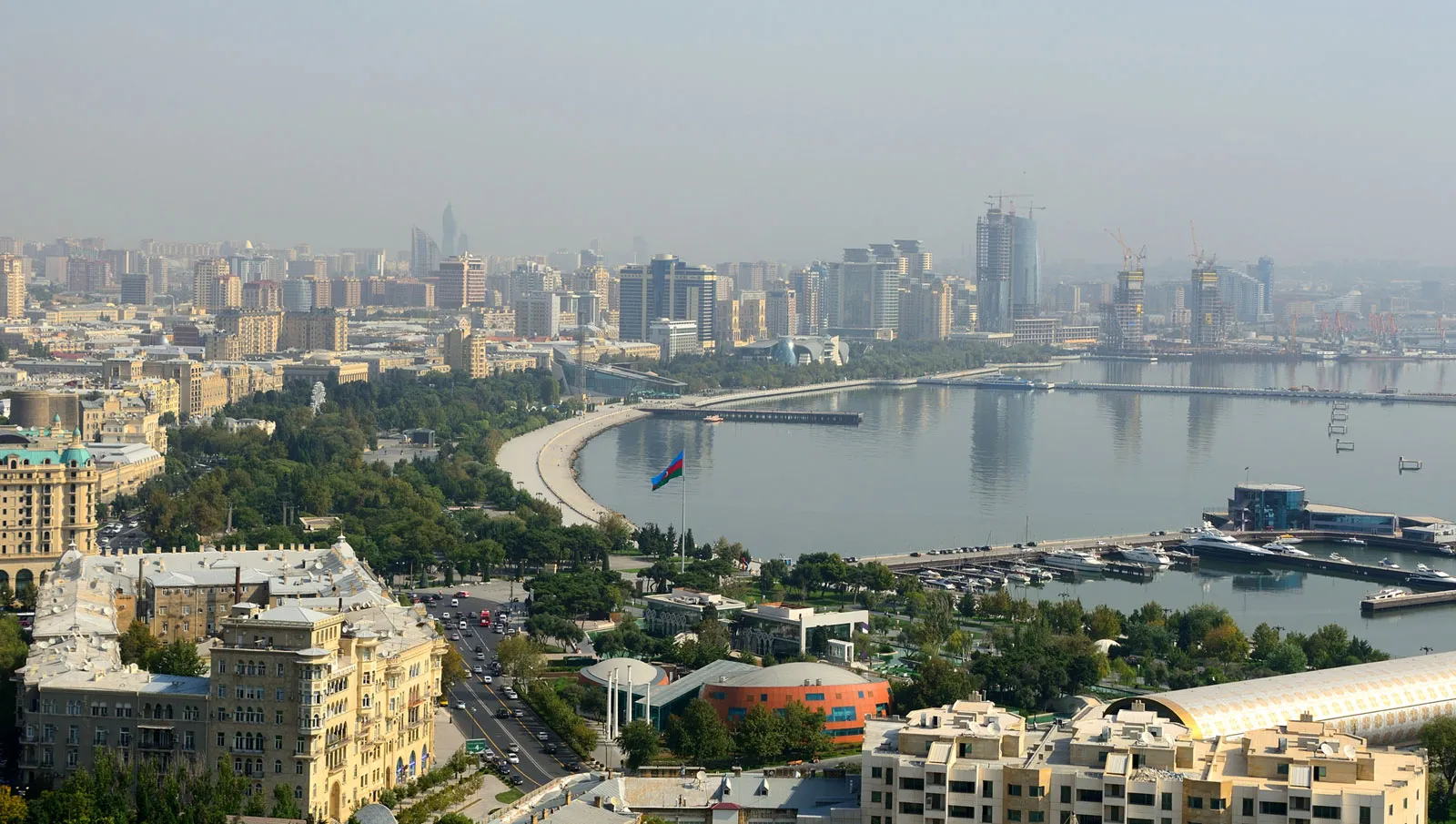
Rapid urban development and the oil industry contribute to environmental challenges in Baku. Air and water pollution are major concerns, with the Caspian Sea facing contamination from oil spills.
Dhaka, Bangladesh:
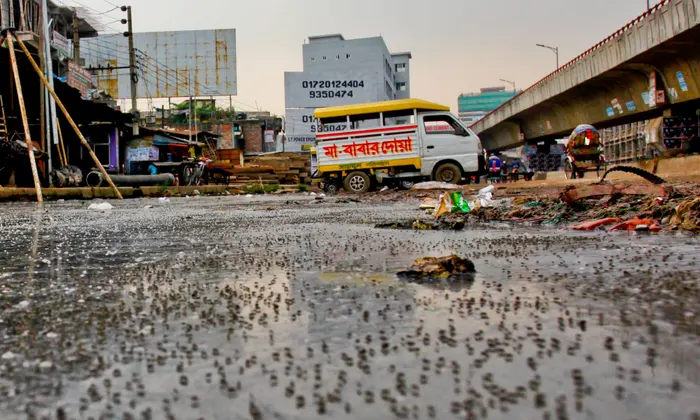
Dhaka grapples with severe air pollution, largely attributed to rapid urbanization, industrial emissions, and traffic congestion. Inadequate waste management systems contribute to the city's dirtiness.
Potential Solutions:
Addressing the environmental challenges in these cities requires a multi-faceted approach:
Investment in Green Technologies: Encouraging the adoption of clean and sustainable technologies, especially in the energy and transportation sectors, can significantly reduce air and water pollution.
Improved Waste Management: Implementing effective waste management systems, including recycling initiatives and proper disposal methods, is crucial in combating pollution.
Urban Planning and Development: Thoughtful urban planning can prevent unplanned growth and ensure that new developments adhere to environmental standards, reducing the strain on resources.
Public Awareness and Education: Raising awareness about the importance of environmental conservation and sustainable practices is essential. Educated communities are more likely to participate in efforts to keep their cities clean.
Government Policies and Enforcement: Governments play a vital role in implementing and enforcing environmental regulations. Strengthening policies related to air and water quality, waste management, and industrial emissions is crucial.
Conclusion:
While these ten cities face significant environmental challenges, addressing their dirtiness requires coordinated efforts from governments, industries, and local communities. Implementing sustainable practices, investing in clean technologies, and fostering a collective sense of responsibility are essential steps towards creating cleaner and healthier urban environments for current and future generations.
